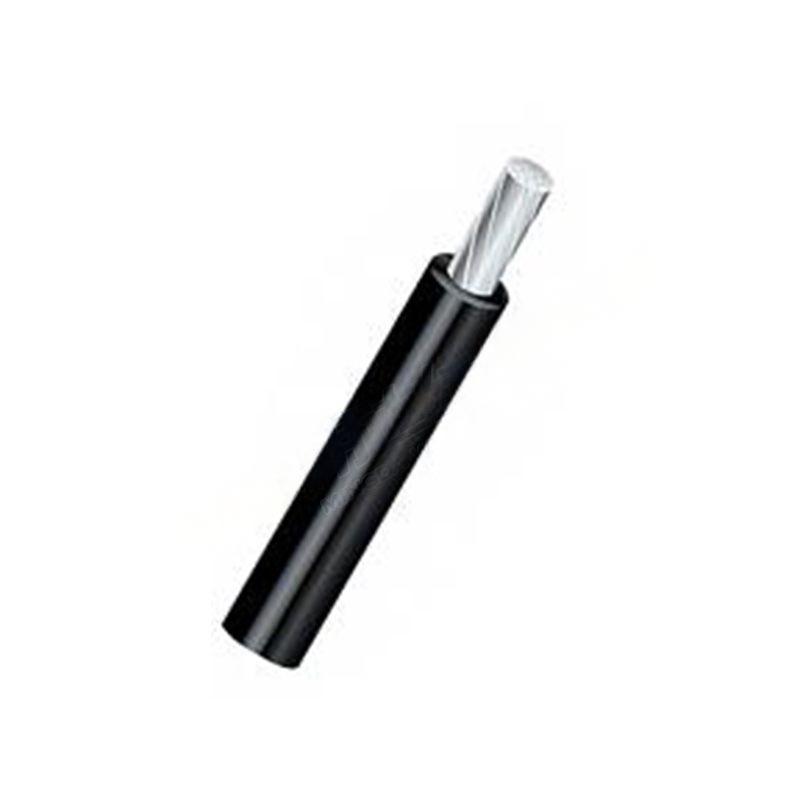វិច្ឆិកា . 27, 2024 00:45 Back to list
Flange Type Quiet Check Valve for Efficient Flow Control and Maintenance-Free Operation
Understanding Flange Type Silent Check Valves
In the world of fluid mechanics, the efficient control of fluid flow is paramount for the effectiveness of systems across various industries. Among the myriad of valves used to accomplish this, the flange type silent check valve stands out for its unique design and functionality. This article aims to provide an in-depth understanding of flange type silent check valves, their construction, advantages, applications, and maintenance considerations.
What is a Flange Type Silent Check Valve?
A flange type silent check valve is a mechanical device designed to prevent the backflow of fluid in a piping system while allowing unidirectional flow. Unlike traditional check valves that may create audible noise during operation, silent check valves operate quietly, making them preferred choices in many applications. The flange type refers to the valve's connection method, which utilizes flanges for secure and leak-proof connections to the piping system.
Construction and Design
A typical flange type silent check valve consists of several key components
1. Body The primary structure that houses the internal components, often made from durable materials like brass, stainless steel, or cast iron. 2. Flanges These are flat rims that provide the fastening points for the valve, allowing it to be bolted directly to the piping system. 3. Disc The moving element that prevents backflow. In silent check valves, the disc is often designed for smooth movement without the slamming action found in conventional check valves. 4. Spring Mechanism Many silent check valves use a spring to assist in the disc's closure when fluid flow reverses, ensuring a tighter seal and minimizing leakage risks.
Advantages of Flange Type Silent Check Valves
1. Reduced Noise One of the primary benefits is their quiet operation. The design minimizes water hammer effects, which can lead to noise and even damage in piping systems. 2. Durability Built from high-quality materials, flange type silent check valves are robust and can withstand high pressures and varied working conditions, making them suitable for a wide range of applications.
3. Ease of Maintenance The flange connection allows for easy removal and replacement of the valve for maintenance or inspection without the need for special tools.
flange type silent check valve

4. Space-Efficient The compact design of these valves means they can fit seamlessly into existing piping layouts, conserving space in often crowded industrial environments.
5. Versatility These valves can be used in a variety of applications, including water supply, sewage systems, industrial processes, and HVAC systems, making them a versatile choice for engineers and designers.
Applications
Flange type silent check valves find applications in numerous sectors, including
- Water Management In water treatment plants, these valves help prevent contamination in potable water systems. - HVAC Systems They are used to maintain proper pressure levels and prevent backflow in heating and cooling systems. - Industrial Processes Flange type silent check valves are essential in petrochemical plants, power generation, and food processing industries where fluid flow needs precise control.
Maintenance Considerations
While flange type silent check valves generally require minimal maintenance, it is essential to perform regular inspections. Key maintenance steps include
1. Visual Inspections Regularly check for signs of wear, corrosion, or leaks. 2. Function Tests Ensure that the valve opens and closes properly without sticking. 3. Cleaning Depending on the fluid being handled, periodic cleaning may be required to prevent clogging and ensure optimal function.
Conclusion
Flange type silent check valves represent a crucial component in modern piping systems, combining effective fluid flow control with minimal noise pollution. Their robust construction, versatility, and ease of maintenance enhance their desirability across various industries. When selecting the appropriate valve for a specific application, understanding the features and benefits of flange type silent check valves can lead to more efficient and reliable fluid management solutions. As industries continue to evolve, these valves will undoubtedly remain a vital fixture in the quest for better engineering and environmental stewardship.
Share
-
Reliable Wafer Type Butterfly Valves for Every IndustryNewsJul.25,2025
-
Reliable Flow Control Begins with the Right Ball Check ValveNewsJul.25,2025
-
Precision Flow Control Starts with Quality ValvesNewsJul.25,2025
-
Industrial Flow Control ReliabilityNewsJul.25,2025
-
Engineered for Efficiency Gate Valves That Power Industrial PerformanceNewsJul.25,2025
-
Empowering Infrastructure Through Quality ManufacturingNewsJul.25,2025